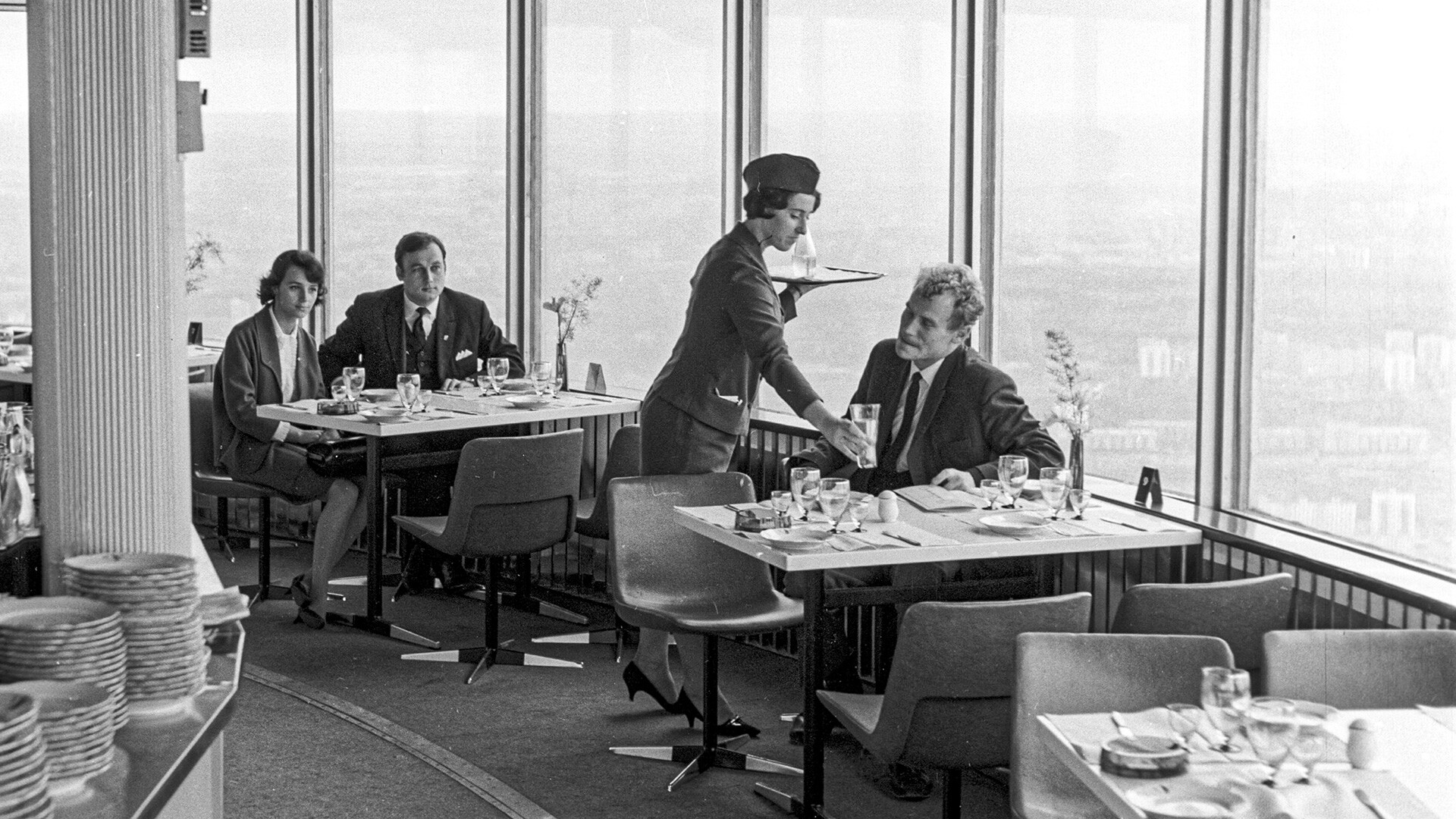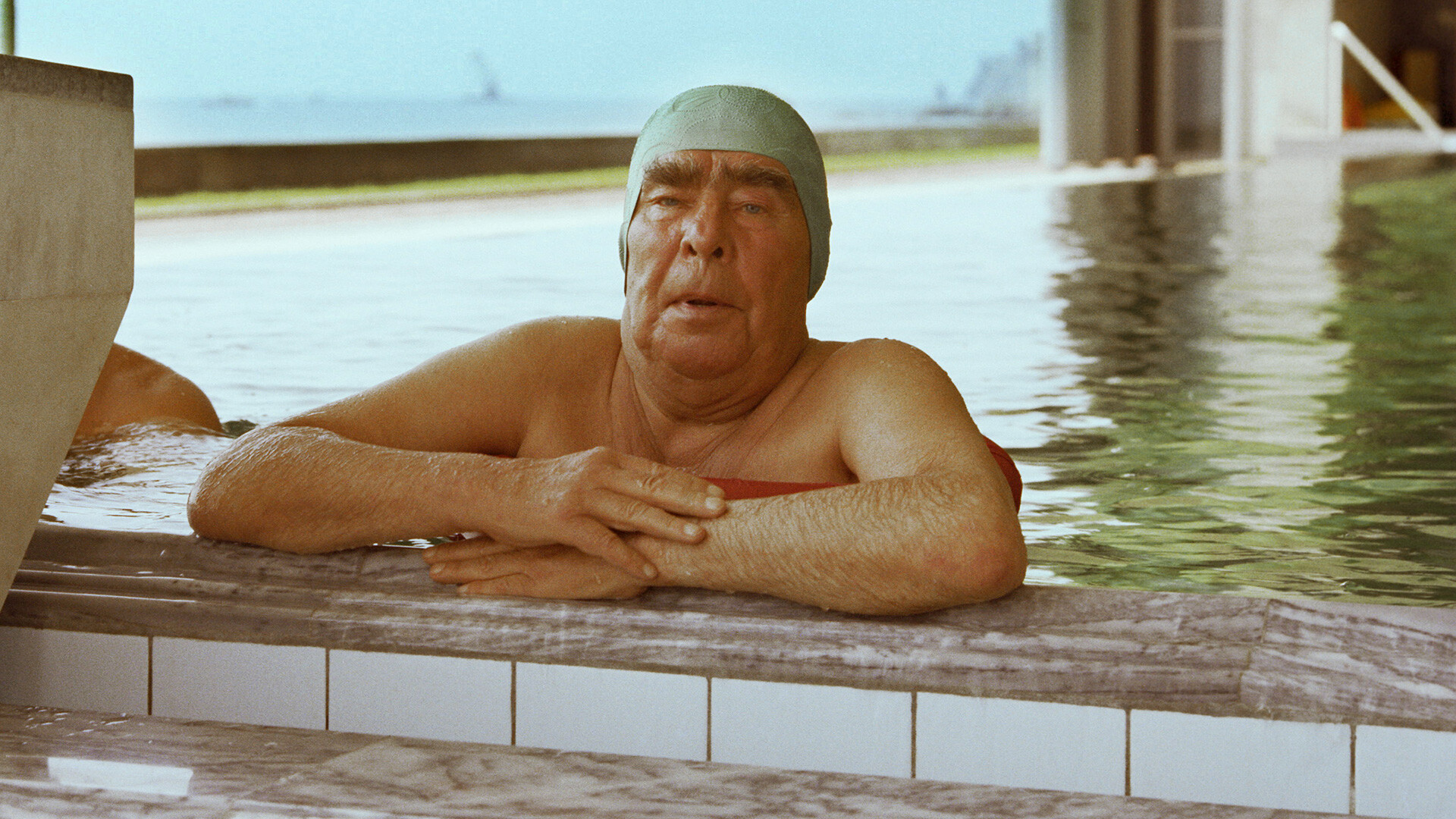
How the USSR created a Gulag for women & children of ‘traitors to the homeland’
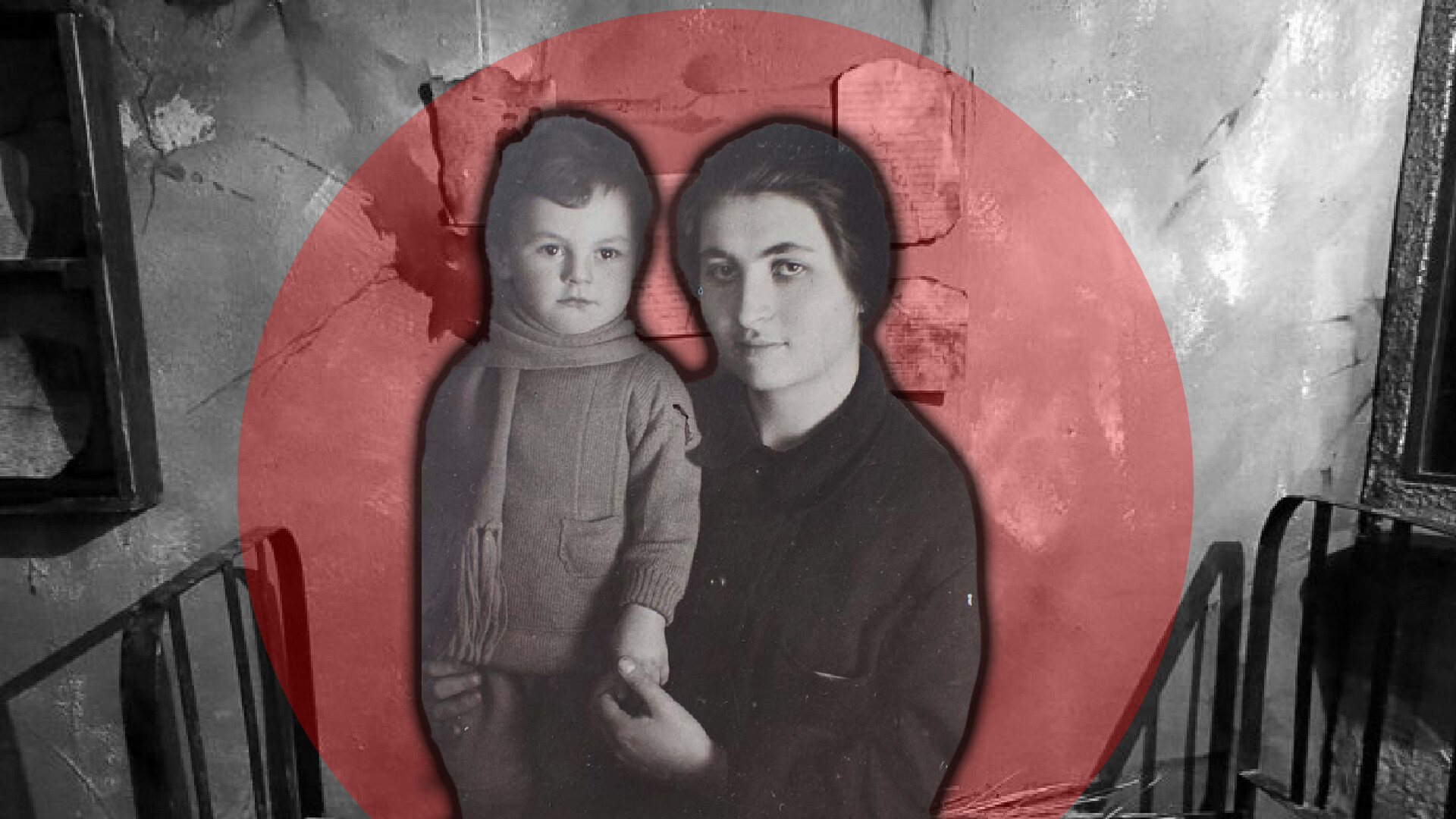
Thirty hectares of land, two rows of barbed wire and adobe barracks - this is how one can describe almost everything that was on the territory of the Akmola camp for the wives of traitors (abbreviated in Russian as ‘ALZHIR’ or the ‘26th Point’).
The camp was located near the present-day village of Akmol (formerly Malinovka) in Kazakhstan from 1938 to 1953. While it was there, tens of thousands of family members of “traitors to the homeland” passed through it.
They were sent to the camp without trial
The NKVD order ‘On the repression of wives and placement of children of convicted traitors to the homeland’ was signed on August 15, 1937 - and the still unfinished camp was instantly filled with prisoners.
All current and former wives of men who had been convicted of espionage, conspiracy or association with opposition right-wing Trotskyist organizations were subject to repression. The only exceptions were pregnant women, the elderly and those who were “seriously and contagiously ill” - they were given an undertaking not to leave.
The wives and other relatives of “traitors” were not tried in a court, but were only notified of the decision by the Special Council of the NKVD. According to the recollections of Galina Stepanova-Klyuchnikova, wife of Andrei Klyuchnikov, an associate professor of mathematics at the Zhukovsky Academy, two military officers seated at an ordinary clerical table handed her a piece of paper and made her sign it. It was impossible to challenge the decision in any way - it had been made long before that meeting. “And then - a transit cell and a long transfer to the Kazakh steppe,” she recalled.
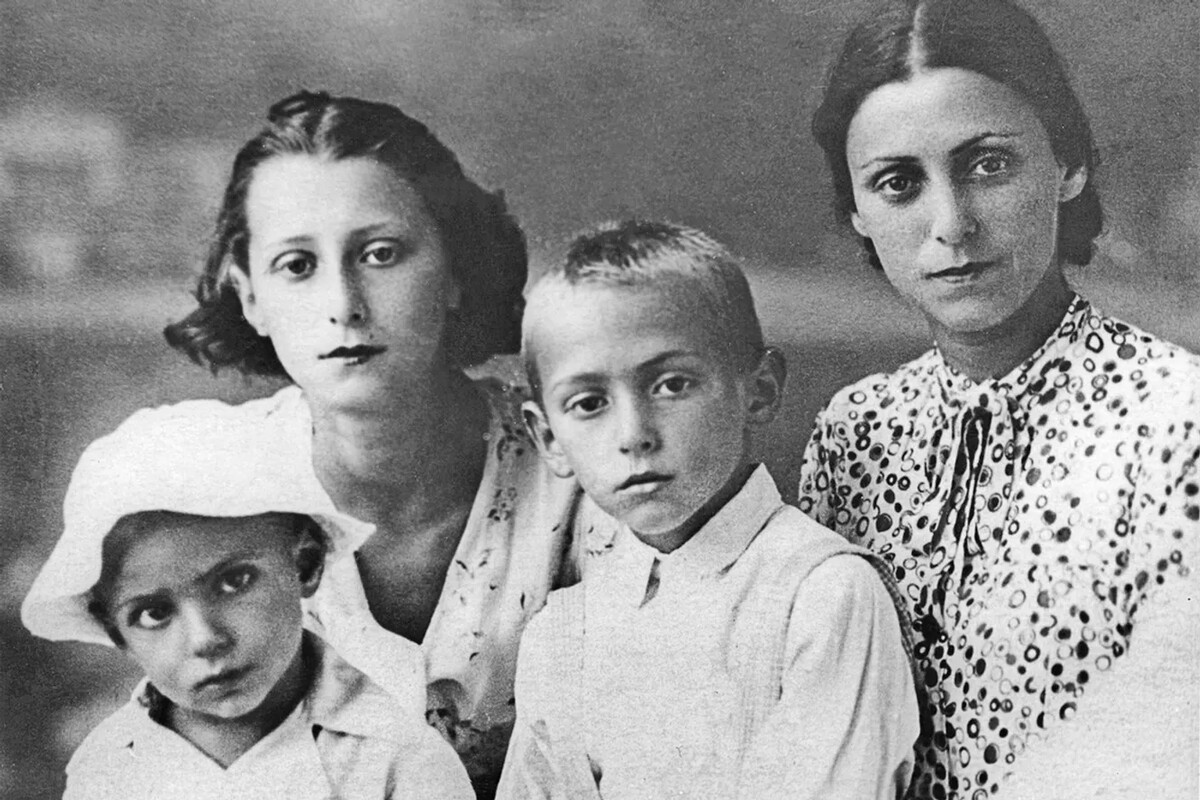 Prisoners of ‘ALZHIR’ Rakhil Messerer-Plisetskaya with her children
Prisoners of ‘ALZHIR’ Rakhil Messerer-Plisetskaya with her children
There is still no exact data on the number of those repressed under the NKVD order, as the reports remain classified. However, one note by Nikolai Yezhov, head of the NKVD, and Lavrentiy Beria, “Stalin’s executioner”, addressed to Stalin, mentions “18,000 wives of arrested traitors”.
Working days
Prisoners worked in terrible conditions there. ‘ALZHIR’ was much stricter in this respect than many other camps in the Gulag system. In particular, there was a ban on correspondence, on receiving parcels, as well as a ban on work in one’s field of specialization. Yet, the latter was nominal. Most women were specialized in the fields that were very “necessary” for the camp.
In the first months of the ‘ALZHIR’ existence, women worked exclusively to heat the barracks. They did it with the help of reeds that grew in huge quantities on the shores of Lake Zhalanash (it was located right on the territory of the ‘26th Point’). Reeds, which, although they are flammable, give very little heat, which was hardly enough. The camp began to fill up with prisoners in the middle of winter, and it depended on the heating whether they would survive until spring. According to all camp regulations, prisoners were not to be allowed outside if the temperature dropped below -30°C (not uncommon in Akmola in winter, where temperatures could drop to -40°C). However, the camp keepers often disregarded the instructions from above. By the Spring of 1938, inspectors from Moscow found 89 women suffering from a serious frostbite there.
“The work on the lake took the whole day. During the 10-hour work we felt tired, our eyes were sore from the blinding snow. We had an impression that if we were allowed, we would lie down on reed sheaves and would not open our eyes,” a prisoner named Maria Antsis recalled.
 ALZHIR Memorial Complex near Astana
ALZHIR Memorial Complex near Astana
When winter ended, the women were obliged to design and build sewing workshops. Those with technical education mostly sat in separate small barracks at tables and worked on design plans. Prisoners with a degree in the humanities, on the other hand, were much less lucky - they had to build barracks for new arrivals.
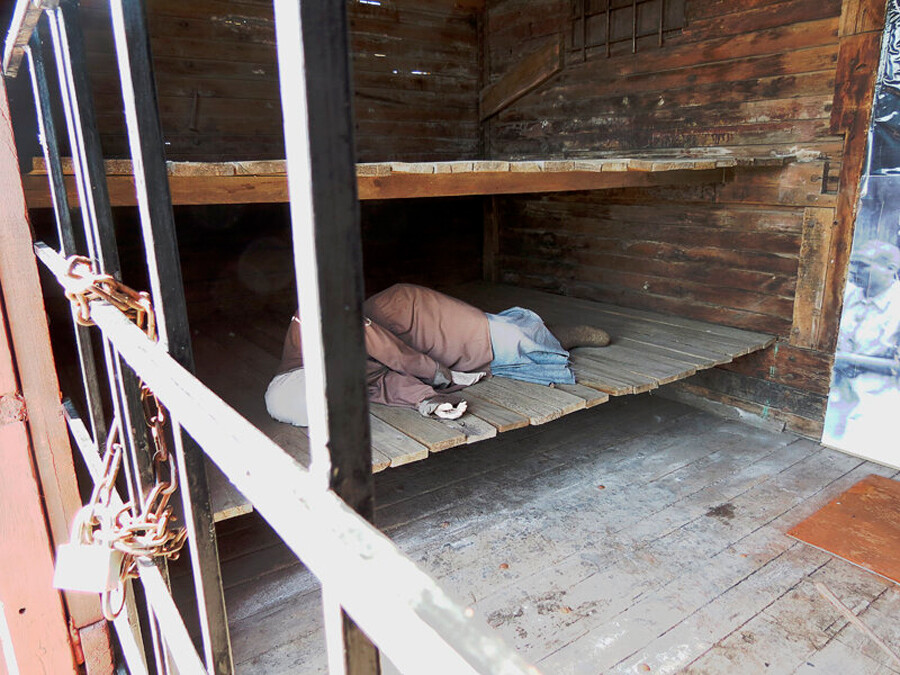 ALZHIR Memorial Complex near Astana
ALZHIR Memorial Complex near Astana
“They kneaded clay and straw with their bare feet, filled wooden molds with this raw mass, worked their asses off, dragged the molds and dumped out the raw adobe on the site to dry,” wrote Galina Stepanova-Klyuchnikova.
 ALZHIR Memorial Complex near Astana
ALZHIR Memorial Complex near Astana
When the camp was completed, there were six barracks, each of which could accommodate up to 300 people. They lived in very cramped and harsh conditions. Despite the fact there was a whole lake on the territory, each prisoner was given only a bucket of water a week for washing and bathing.
Children of ALZHIR
In the Soviet press of that time, Stalin’s statement was cited again and again: “A son is not responsible for what his father did.” In reality, however, everyone was held responsible for the “deeds” of their fathers.
Women who were sent to ‘ALZHIR’ had their babies taken away from them and placed in nurseries, where prisoners were only allowed to feed them breast milk. When the children reached the age of three, they were taken to an orphanage. No exceptions were made.
Party officials also conducted ideological work with the children of convicts and tried to turn them against their parents. Many children had their names and last names changed.
An article on orphanages on the official website of the ‘ALZHIR’ museum complex says that, in one of such institutions, which stood closest to the camp, the dead children were not buried in winter - the ground was too frozen to dig graves. Therefore, the bodies of the kids were stored in wooden barrels until spring came and then buried in a common grave.
Famous prisoners
One of the most famous prisoners of ‘ALZHIR’ was Rakhil Messerer-Plisetskaya, a Soviet actress (who performed under the pseudonym Ra Messerer) and mother of Maya Plisetskaya, the legendary Soviet ballerina. Her husband Mikhail was convicted of having connections with revolutionary cells. Rakhil spent just over a year in the camp, after which she was transferred to a free settlement in the village of Chimkent, where she worked as a dance teacher.
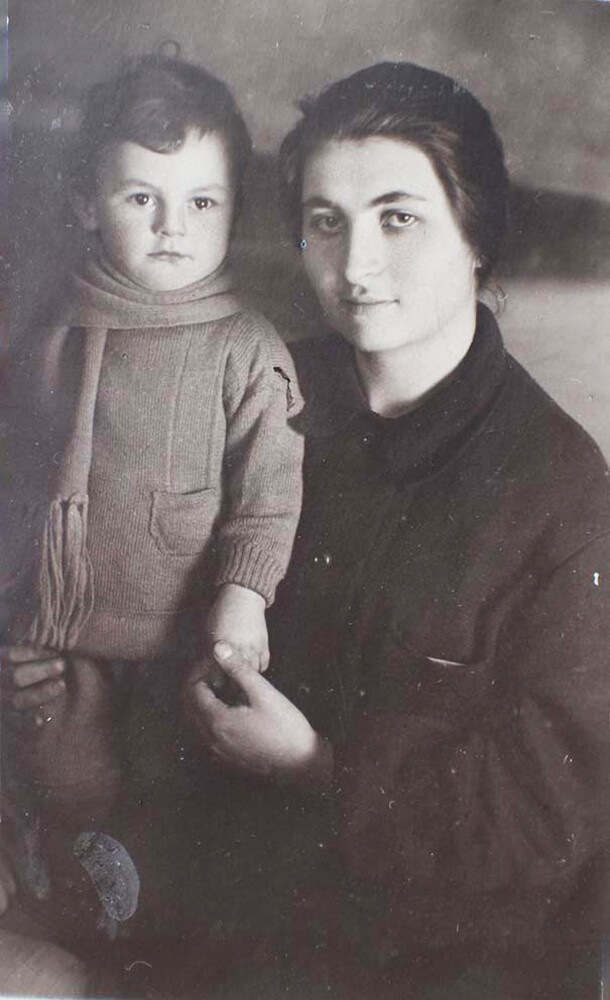
Ashkhen Nalbandyan is another famous figure. The mother of the famous Soviet poet Bulat Okudzhava was sent to the ‘26th Point’ in 1939, after her husband had been arrested over accusations of Trotskyism. The 14-year-old Bulat was left alone and, three years later, he went to the front as a volunteer, in the hope that this would somehow ease the fate of his mother. However, Ashkhen herself was able to return to Moscow only in 1947, continuing to believe in the Party.
Modern time
Today, there is a memorial to the victims of repression on the site of ‘ALZHIR’. There is practically nothing left of the camp itself, but there is a museum on the territory, which has smaller copies of the barracks. They are built of the same material as back then - adobe.
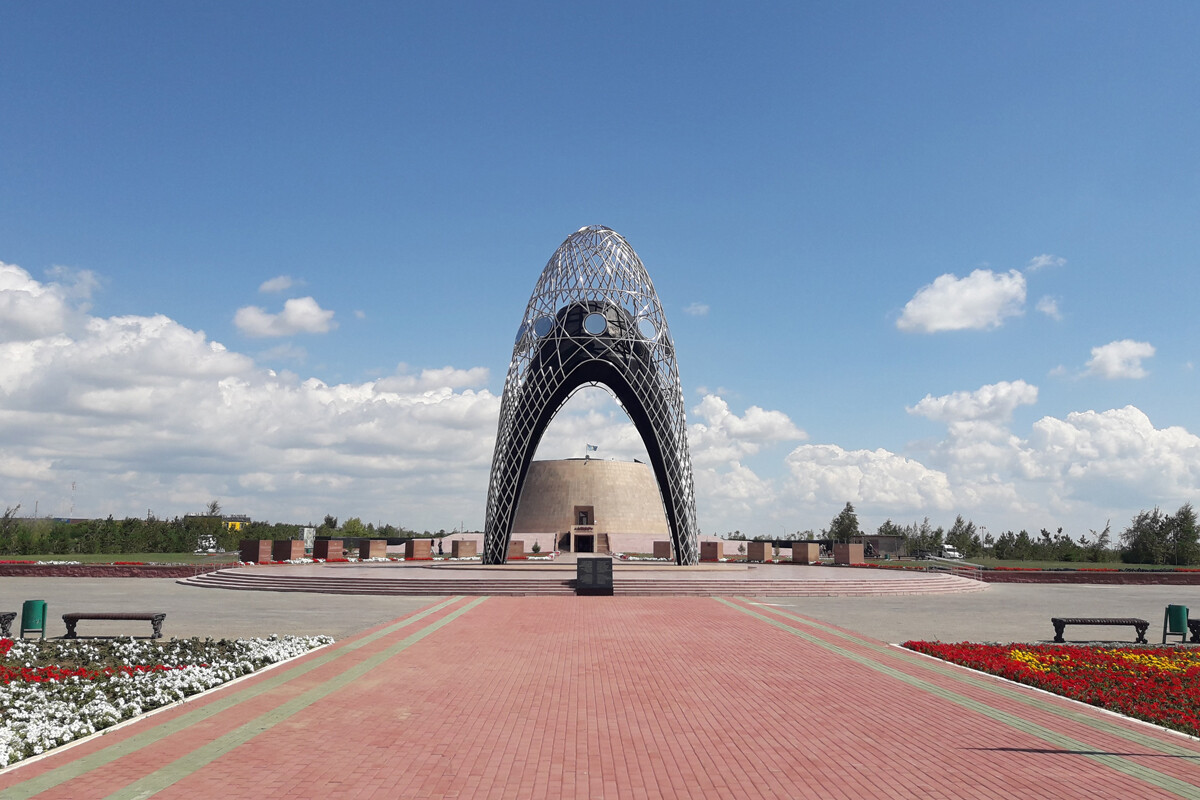 A memorial to the victims of repression
A memorial to the victims of repression
There is also a copy of the ‘krasnukha’ - a carriage for the transportation of prisoners, as well as the monument called ‘Arch of Sorrow’ - according to the museum, a symbol of “the entrance to the sacred land where the two worlds - the living and the dead - meet”.









